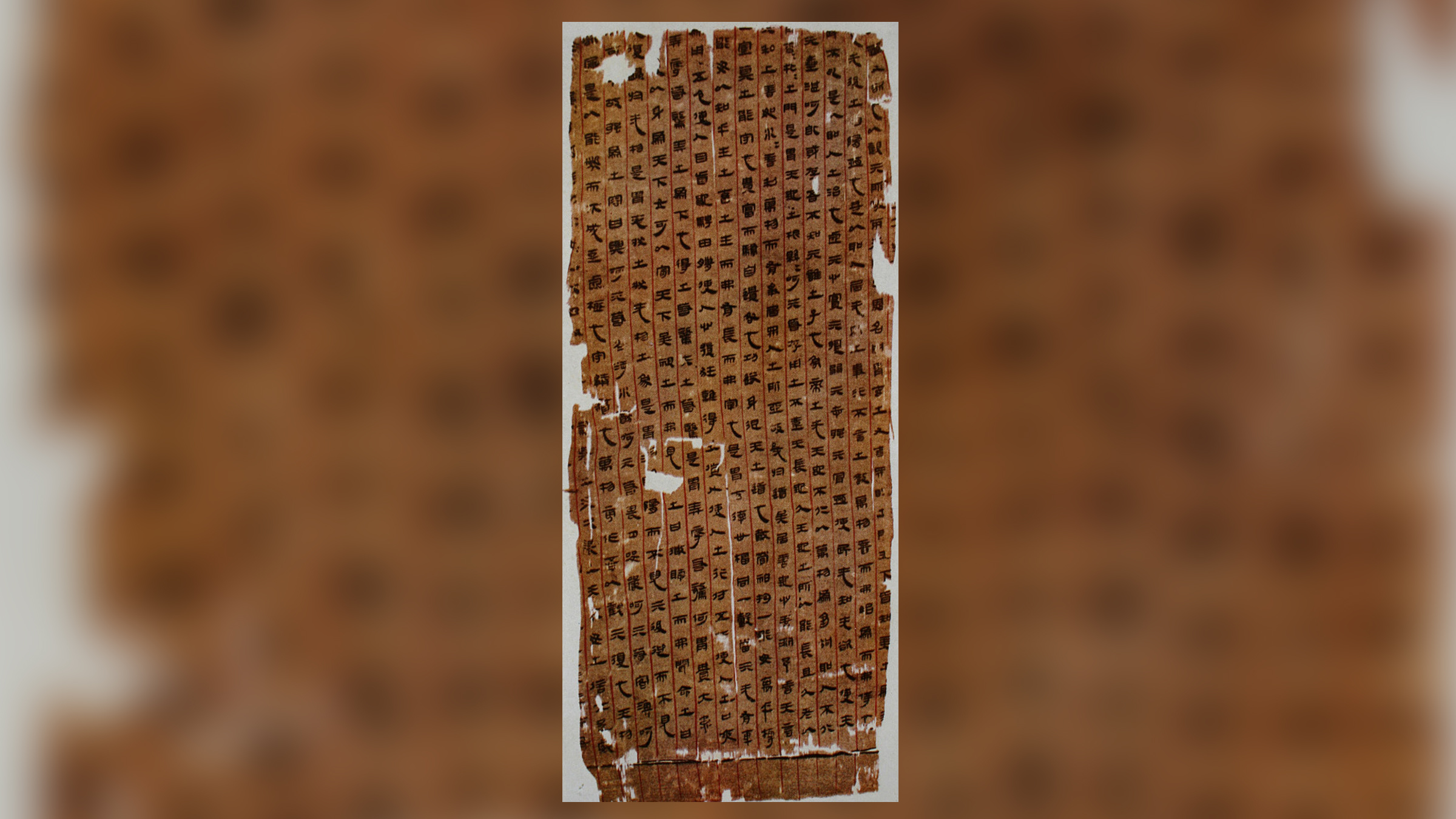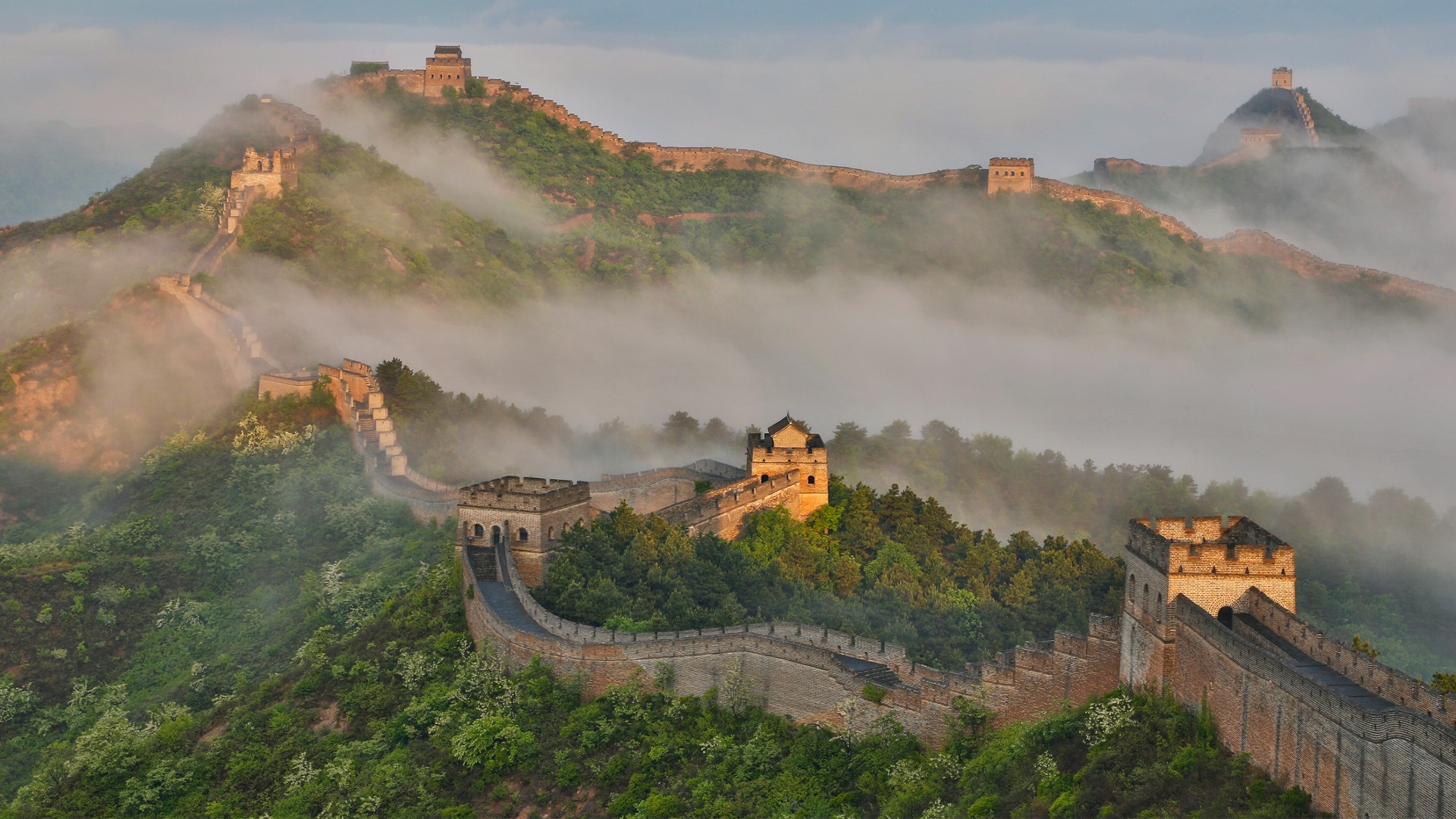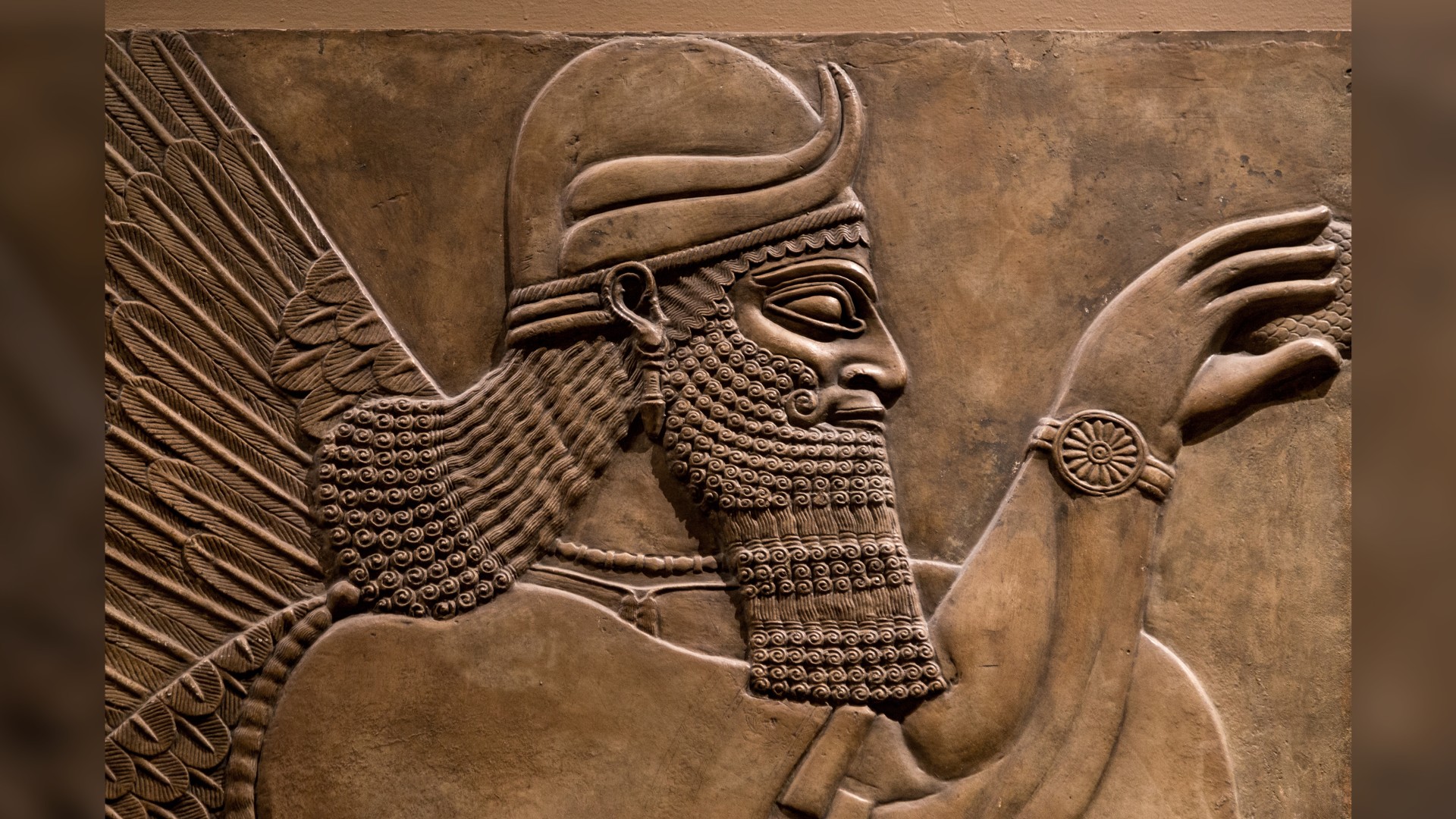Ancient Egypt, China and Mesopotamia are all frequently cited as long-lasting civilizations, enduring for thousands of years. But which of these societies lasted the longest?
It turns out, that’s not a straightforward question, for a few reasons. First, modern historians and archaeologists don’t agree on a single definition of a civilization, including when one begins and when one ends, and many experts are doubtful whether civilizations can be measured in this way.
Second, all great civilizations had periods when they were ruled by “foreigners” — the Hyksos in Egypt, for example — which complicates whether they should be considered continuous civilizations.
Third, the culture near the beginning of a civilization might have been different from the culture near its end. As a result, many modern historians and archaeologists do not consider the idea of “civilization” useful; instead, they talk of “cultures” and “traditions.”
Related: What’s the world’s oldest civilization?
The situation was different 100 years ago, when historians and archaeologists were happy to label some cultures as “civilizations.” In the 19th and early 20th centuries, there was “a complicated acceptance of a hierarchy of human societies,” in part to justify European colonial empires, Rowan Flad, an archaeologist at Harvard University, told Live Science.
“There was no difficulty for people who were coming from a European or American standpoint to identify certain traditions and certain cultures as being civilized, and others not,” he said.
Is China the longest-lasting civilization?

By most measures — the use of writing, the establishment of cities (what “civilization” originally meant) or continuous traditions — it seems the Chinese civilization may be the longest-lasting. How it should be measured, however, is disputed.
“It depends on how you define civilization and how you define Chinese, because I think there are reasonable multiple ways you can define both of those concepts,” said Flad, an expert in the emergence of complex societies in China.
As an example, he highlighted Chinese writing; forms of the same symbols are used today and on the 3,200-year-old Oracle Bones, the earliest examples of writing in China.
“When you think about the [Chinese] written language, there’s absolutely no controversy that there’s continuity from 3,250 years ago or so to the present,” he said.
But the same criterion can’t be used elsewhere, Flad said. For example, the earliest writing in the Americas is attributed to the Olmecs in about 900 B.C. Writing was also known to the Maya after about 250 B.C. But the Incas, who ruled parts of South America for about 400 years until the Spanish conquest in the 16th century, seem to have had no writing (although they used knotted cords called quipu or khipu to encode information.)
Ancient and modern China

Based on the archaeology of early states in what’s now Chinese territory, including Neolithic ruins of the Liangzhu culture in the Yangtze River Delta, it’s sometimes claimed that Chinese civilization is over 5,000 years old. But some historians see China’s present as too different from its past for it to qualify as one continuous civilization.
“I don’t think that what is happening today in China is closely related to things that happened, say, before 1949 [China’s revolution under Mao Zedong] or 1911 [the Xinhai revolution that ended China’s last imperial dynasty],” Julia Schneider, a conceptual historian at University College Cork in Ireland, told Live Science.
Related: Have any human societies ever lived underground?
Schneider, an expert in China’s history, noted that pro-Chinese politicians and historians sometimes claim China’s civilization is the world’s longest-lasting, as “a point of legitimacy.” But “what was Chinese? — that is the problem.” The region encompassed a vast area and many different ethnicities at different times, and what happened in the Chinese heartlands could be “culturally very far away” than what happened elsewhere, she said.
Egypt and Mesopotamia

Next to China, ancient Egypt and then Mesopotamia are usually considered the longest-lasting civilizations. By one estimate, measuring from the time of the first pharaohs and the use of hieroglyphic writing until its native religion was replaced by Christianity, the ancient Egyptian civilization endured for about 3,500 years.
But Egypt was sometimes ruled by foreign dynasties, and both hieroglyphics and the Egyptian religion had different forms at certain times.
In Mesopotamia, Sumerian writing began in about 3200 B.C., and worship of Mesopotamian gods probably lasted until the third century A.D., Philip Jones, associate curator and keeper of collections at the Babylonian section of Philadelphia’s Penn Museum, told Live Science. By that count, Mesopotamia might be seen as lasting as long as the Egyptian civilization.
“What most people mean by ‘civilization‘ has to be understood as a high-level extrapolation that tends to lose focus when you look more closely,” Jones said. “But, that said, unless history is to be seen as an almost infinite set of micro-events, people have a right to expect historians to attempt to divide history into more manageable chunks.”
Stay connected with us on social media platform for instant update click here to join our Twitter, & Facebook
We are now on Telegram. Click here to join our channel (@TechiUpdate) and stay updated with the latest Technology headlines.
For all the latest For Top Stories News Click Here
